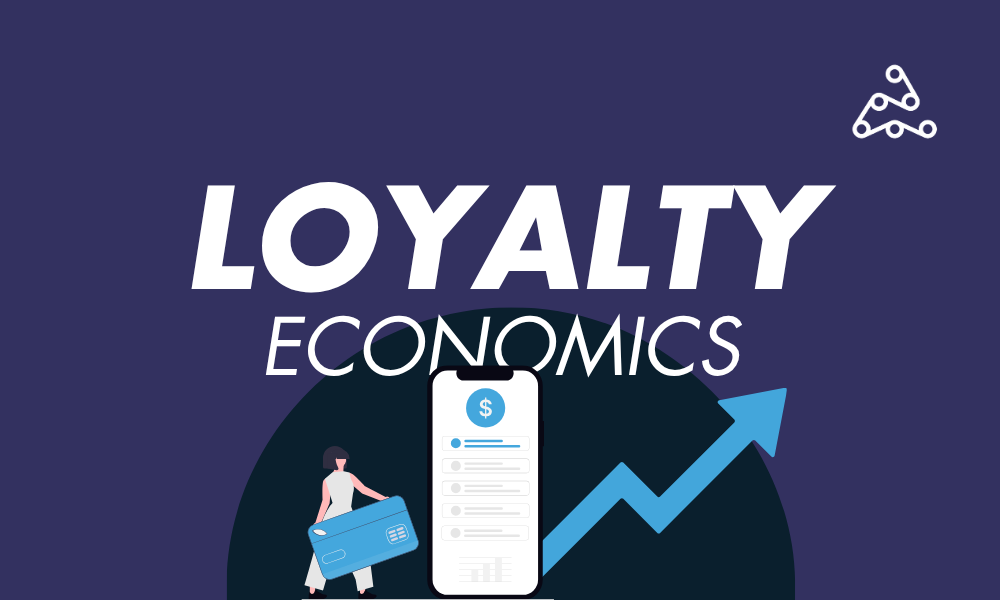Finance apps are becoming a lucrative and competitive category. With advances in technology and its adoption by all segments, FinTech apps are becoming critical to the lives of users. Most of these generate revenue based on subscriptions. So, how do you convert someone that downloads your app to a paying subscriber?
We’ve got strategies and ideas for finance app mobile marketers from our experts to share!
App Subscription Revenue Is Larger Than Ever
App subscription revenues are driving growth for many segments, not just gaming. Prior to 2020, there was little traction outside of gaming categories. The pandemic and its impact on consumer behavior changed this. In 2020, in-app subscription revenue hit $13 billion, an increase of 34% over 2019.
With numbers expected to break 2020 revenue, what finance apps are succeeding with app subscriptions? Understanding what companies are on top can drive insights into improving your subscription conversions.
According to Sensor Tower data from October 2021, the highest-grossing finance apps for iOS in the U.S. this year are:
- QuickBooks Self-Employed
- MileIQ: Mileage Tracker & Log
- Truebill Budget & Bill Tracker
- Credit Sesame
Why are these finance apps generating so much in-app revenue?
The first two are for users that are self-employed or contractors. Their high usage aligns with recent employment trends of individuals saying goodbye to traditional day jobs. The budget and bill tracker helps with personal budgeting, while Credit Sesame provides credit literacy and tracking. Both budgeting and improving credit scores are important for personal finance and doing things like buying a house.
While these high-grossing apps fit current needs in the life of many consumers, they also have stellar reviews, optimized App store pages, and are feature-rich (for subscribers, at least).
On Android, QuickBooks Self-Employed is also number one, followed by TradingView and MileIQ. TradingView markets itself as a simple app for beginners but also practical for experts. Users can trade stocks and cryptocurrency as well as get investment advice.
Even if your FinTech app is outside of these top rankers, that doesn’t mean you can’t learn from them. Taking what we know about their performance and best practices for increasing in-app subscriptions, next up are strategies that can drive results.
6 Ways to Boost Your FinTech App Subscriptions
Check out these six ideas for generating more subscriptions.
Build Subscribers with App Install Campaigns Optimized for Subscriptions
Getting users to install your app doesn’t always lead to subscriptions. Your numbers can increase when you strategically launch app install campaigns optimized for subscriptions. The campaign isn’t about the install; it’s about the conversion. It’s a CPE (cost per engagement) versus a CPI (cost per install). In this model, you only pay if they complete the event of subscribing.
Best practices for this are:
- Ensuring ad copy language focus on subscriptions.
- Optimizing your app store pages (especially the new custom ones on iOS) to focus on the subscription and what the user gets above all else.
- Offering a discount immediately if they subscribe now. It’s a time-sensitive offer, and they may be more apt to say yes.
Launch CPE Reengagement Campaigns
Users that stay on your app but don’t subscribe are great targets. In most cases, you’re offering new users a free trial. If they don’t convert after that time, it’s time to reengage them with strategic CPE campaigns. Here’s how it can work:
- Use data to understand what non-subscribers seem the most engaged based on how often and how long they’re on the app.
- Test out personalized CPE ads for that segment, both in-app and mobile retargeting.
- Ensure that the CPE ads offer a valuable reward that aligns with that user. For example, users that go through a tutorial but don’t adopt may convert with a discount. They have a real interest in your app but may need an incentive.
Capitalize on the Demand for Your App Category
In the data above, we looked at the finance apps making bank in 2021. There were common themes about why those apps may be successful and new shifts in consumer behavior and work. If your app is within these high-demand categories, you can capitalize on this to offer better deals than category leaders.
To highlight this, you may want to try keyword burst campaigns. These concentrated media spending could include keywords around what your FinTech app offers plus terms like “affordable.” Additionally, highlight your deals on your app store pages so that when traffic lands there, they’ll see front and center what you’re offering and why it’s a better deal.
Make It Easy and Transparent to Subscribe
This tactic may seem like a no-brainer, but it might be something that’s causing friction. You can understand this with data. For example, if someone completes onboarding, uses the free version of your app and has checked out subscription rates, what’s holding them back? Is it because you’ve made it too complicated?
First, you should always have a “Subscribe” button on the interface. Second, pricing and what they get for the subscription should always be clear. Third, after onboarding or tutorials, you need to offer them the chance to subscribe immediately. Making some minor UX changes could result in more revenue.
Tap Into Networks with a High Volume of Users
Not all reward platforms are the same. Many can’t extend beyond minimal traffic. Additionally, most aren’t able to run iOS rewarded campaigns. AdAction can. That’s critical, considering that in-app subscription revenue is much higher on iOS.
Our customer Copper Banking, an app that helps parents and children learn about financial literacy, was ready to grow and scale. However, they had concerns about how growth would impact the quality of users. Quality to them is someone that subscribes and funds the account but continues to engage.
With our rewarded ad options, the company grew its user base and maintained quality. Volume doesn’t always mean quality, and you don’t want to waste time or money deploying campaigns to get people to subscribe who aren’t a good fit. That’s why it’s critical to work within networks that understand this.
Don’t Forget About Current Subscribers
While adding new users to your subscription list is critical for growth, don’t forget about your current customers. Depending on the subscription duration, they’ll be up for renewal. You don’t want to lose them.
Since you know the end date for their subscription, start at least 60 days prior with your campaigns. Using an offerwall is a good idea for this approach because users self-initiate this. Personalized in-app or push messaging to remind them to visit the offerwall can drive traffic. Once there, you’ll need to reward them if they renew. That could be a better price for “loyal” customers or new features they don’t currently have, like priority support.
Get more tips in our blog covering 2022 FinTech trends here.
Boost Subscriptions for Your Finance App with AdAction
With a wide range of ad options and the ability to attract high-quality users within our networks, your finance app can experience a boon on subscriptions. We deliver customized campaign ideas for our customers that speak to your needs. Revitalize your subscription strategy with AdAction by contacting our team today.



